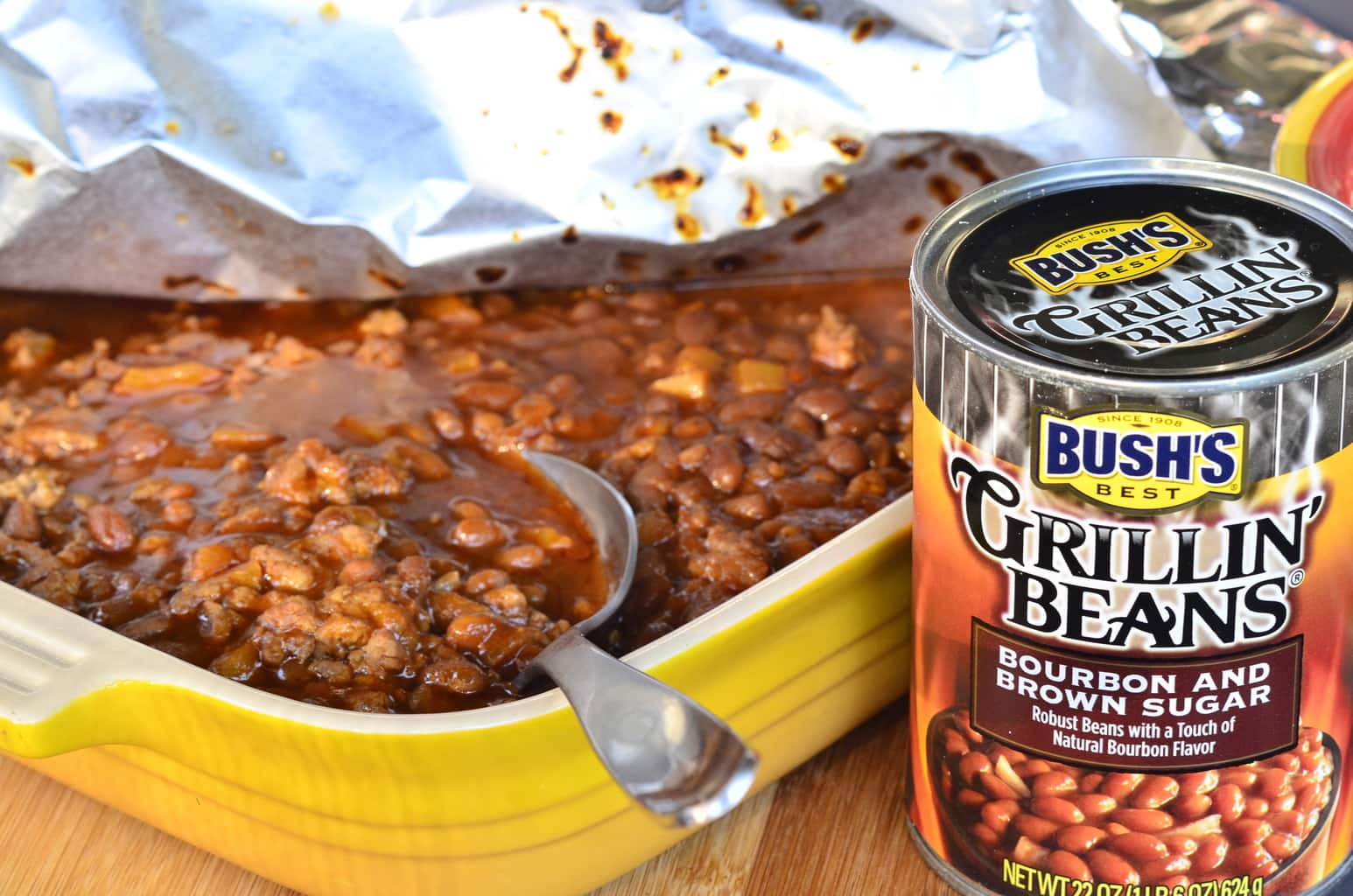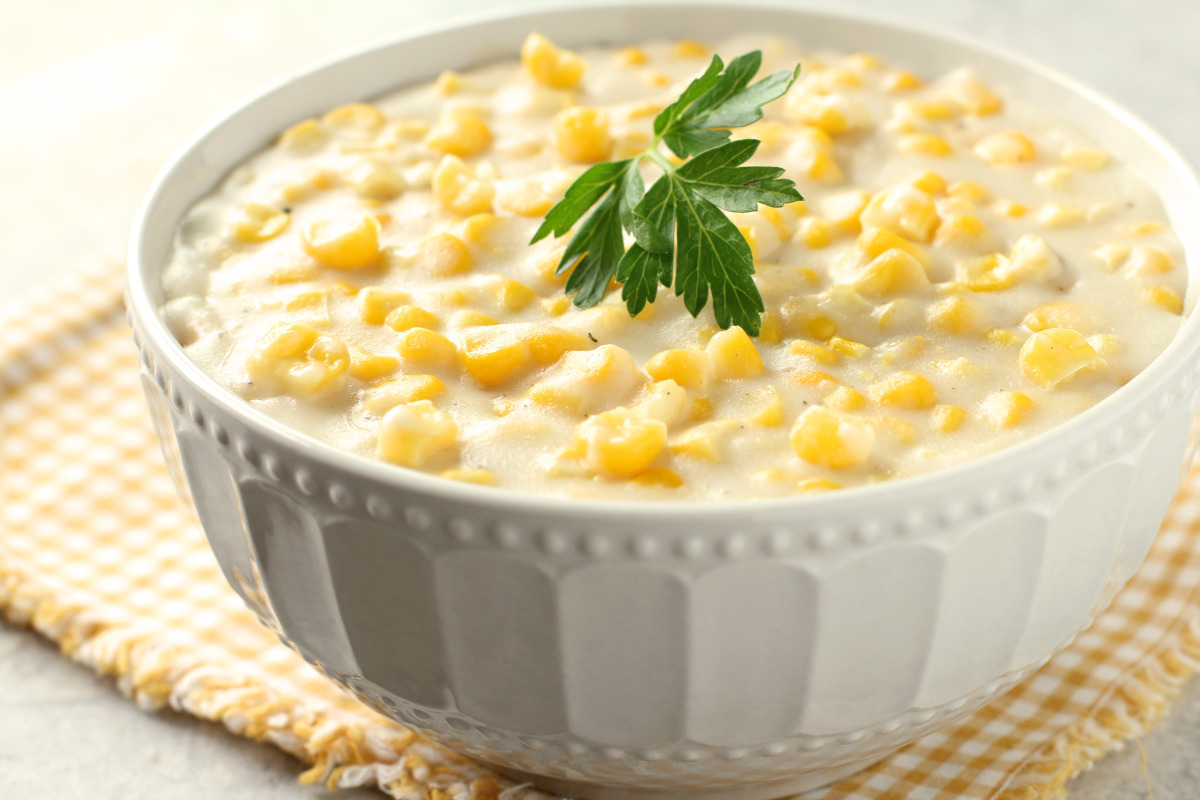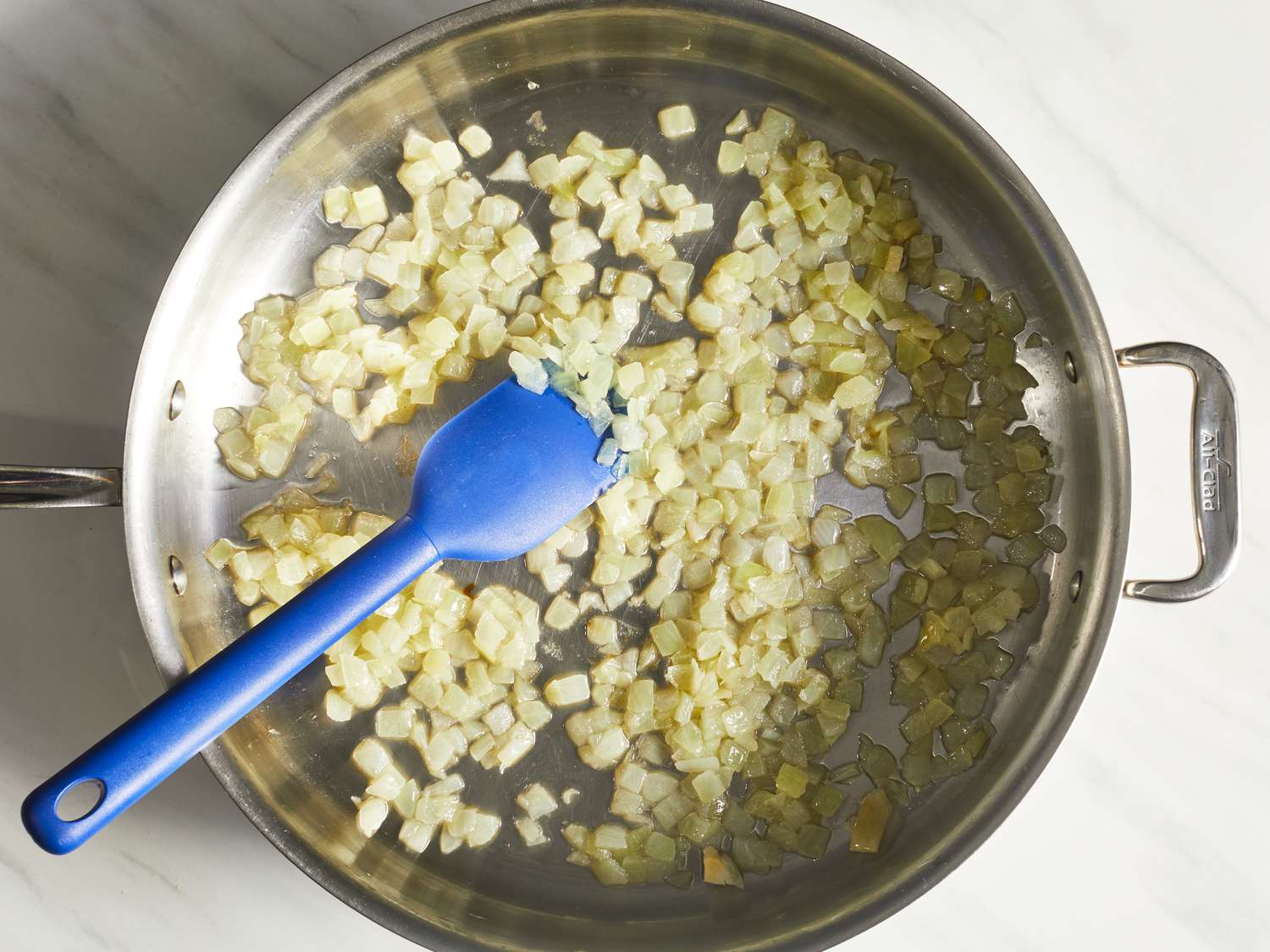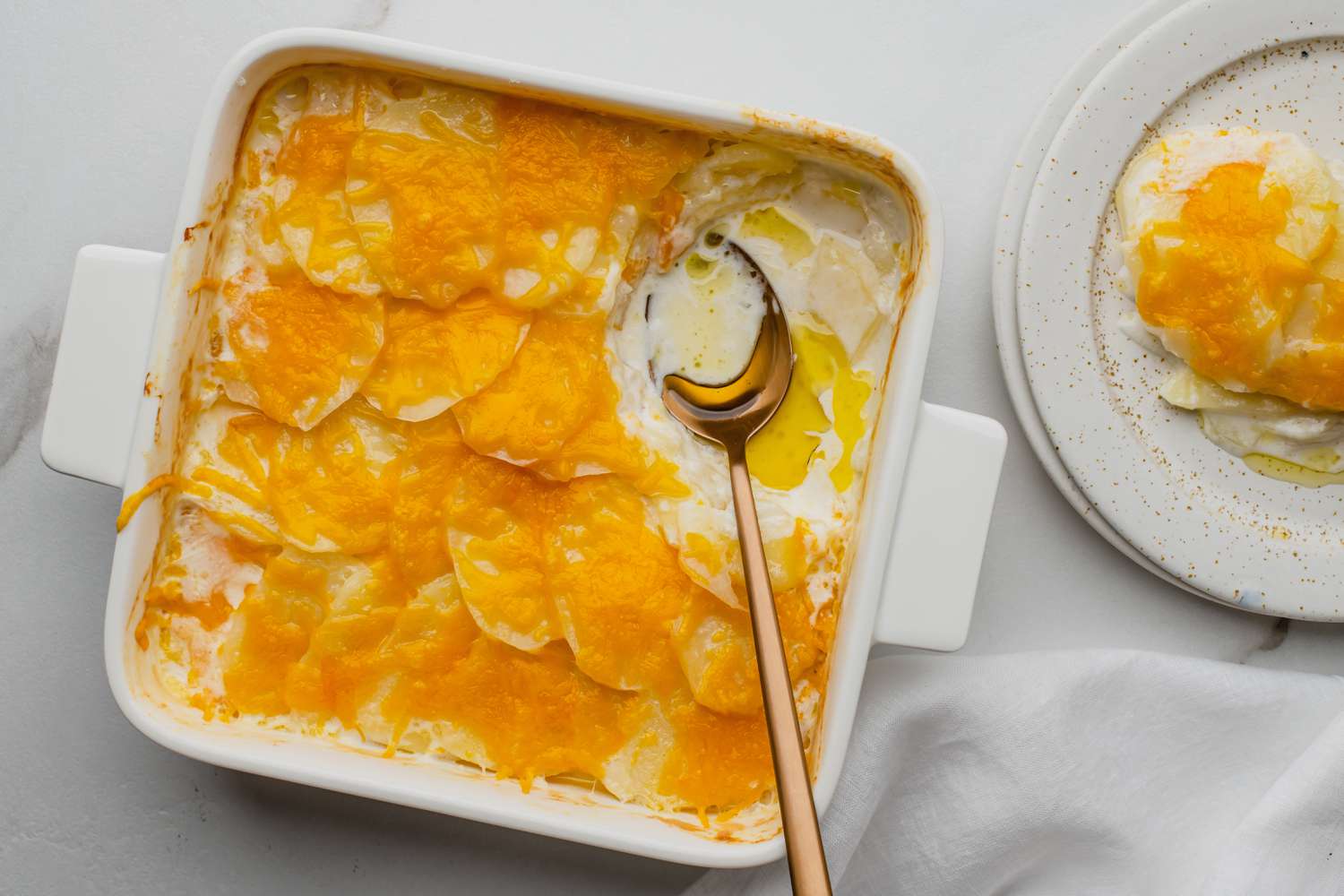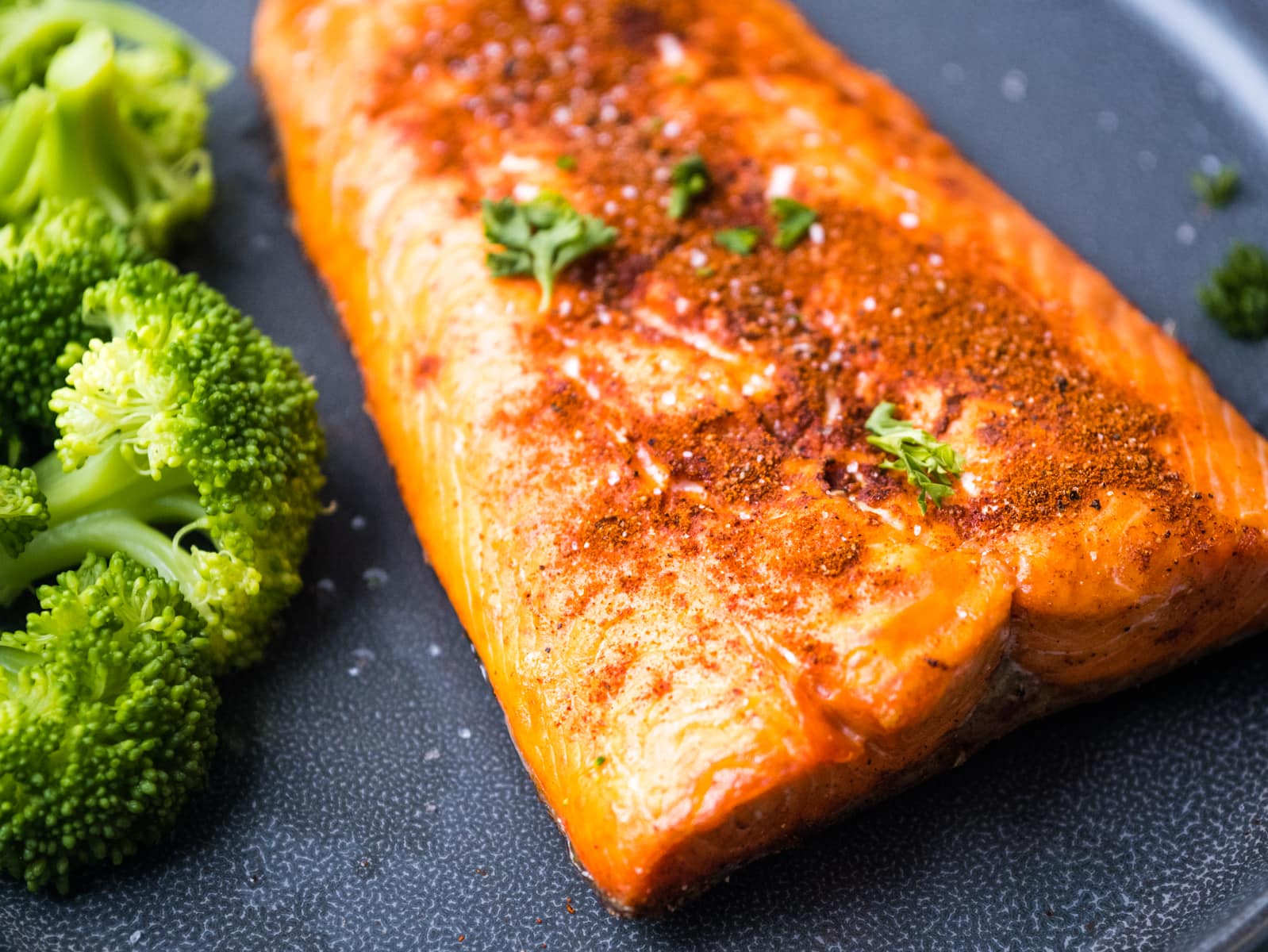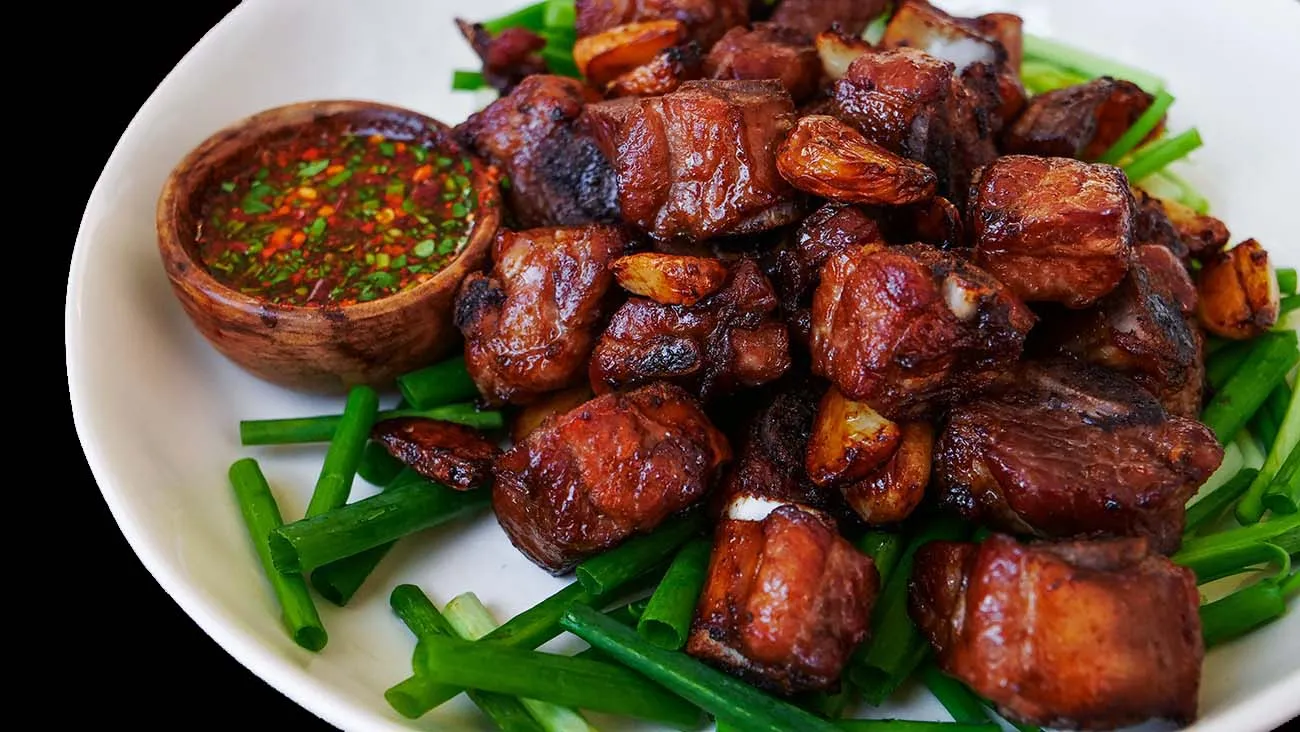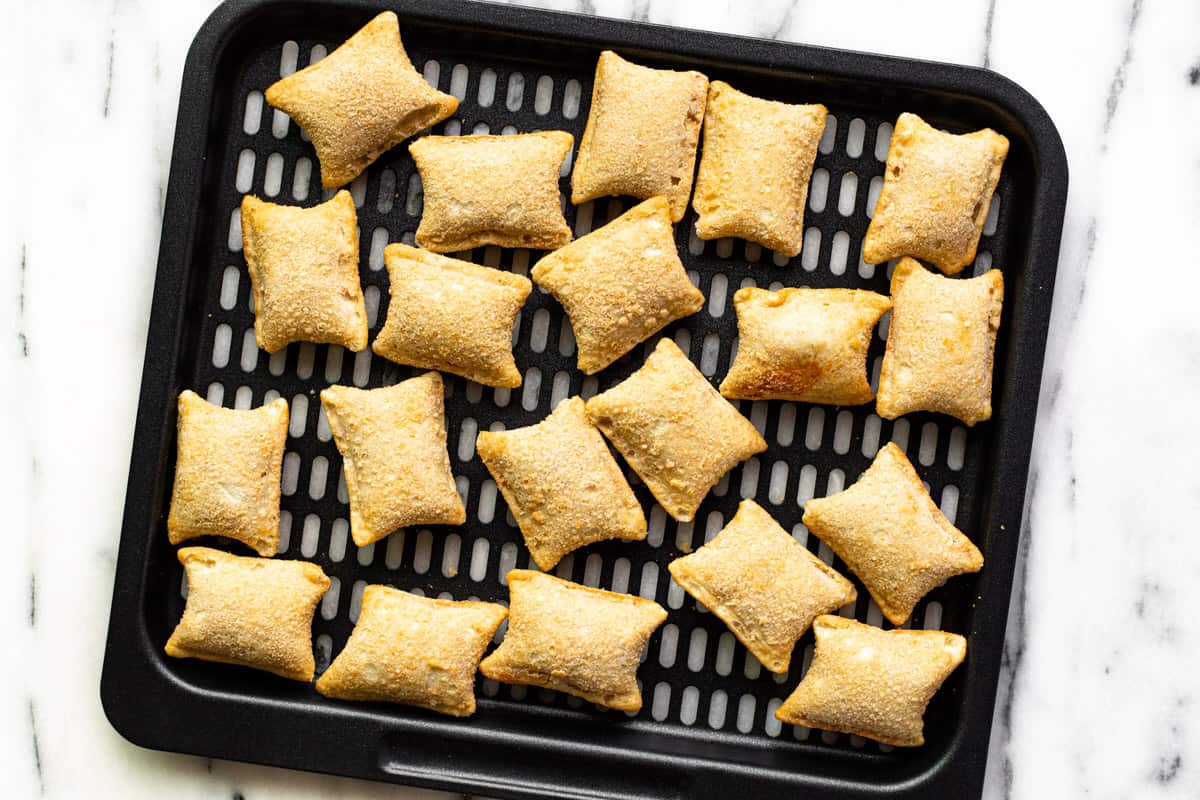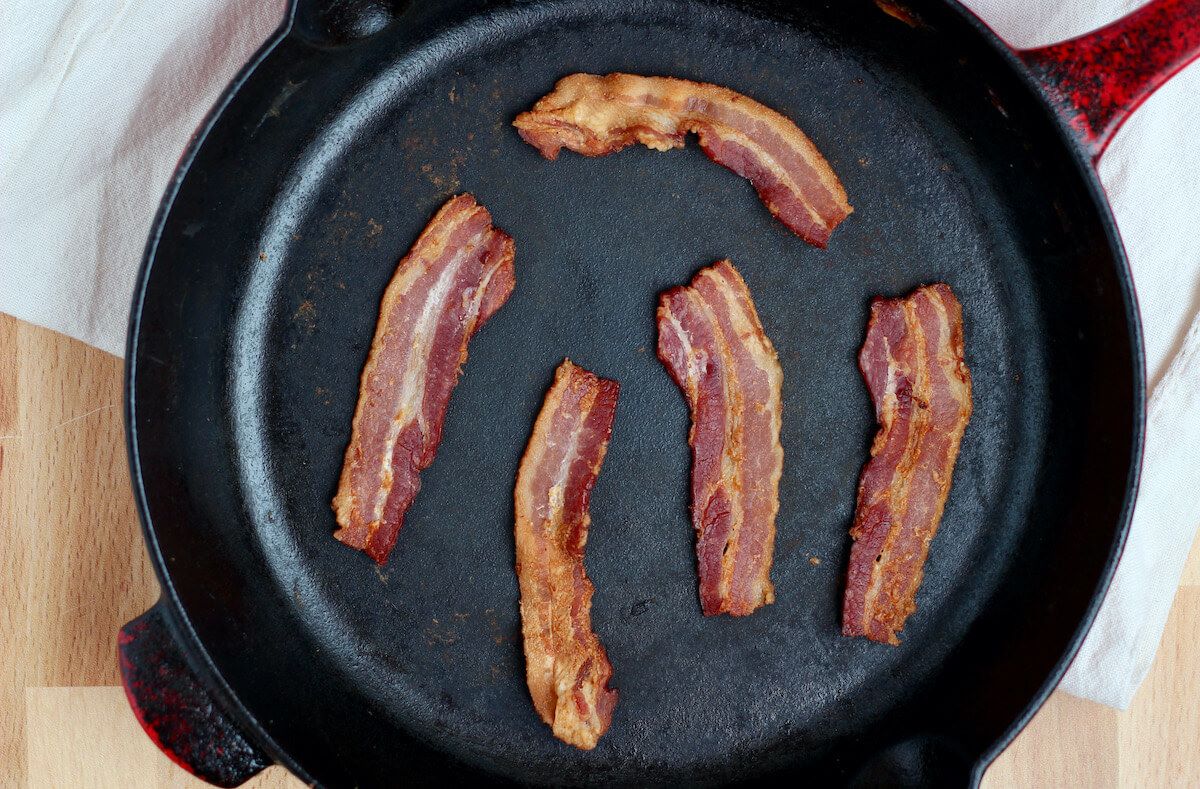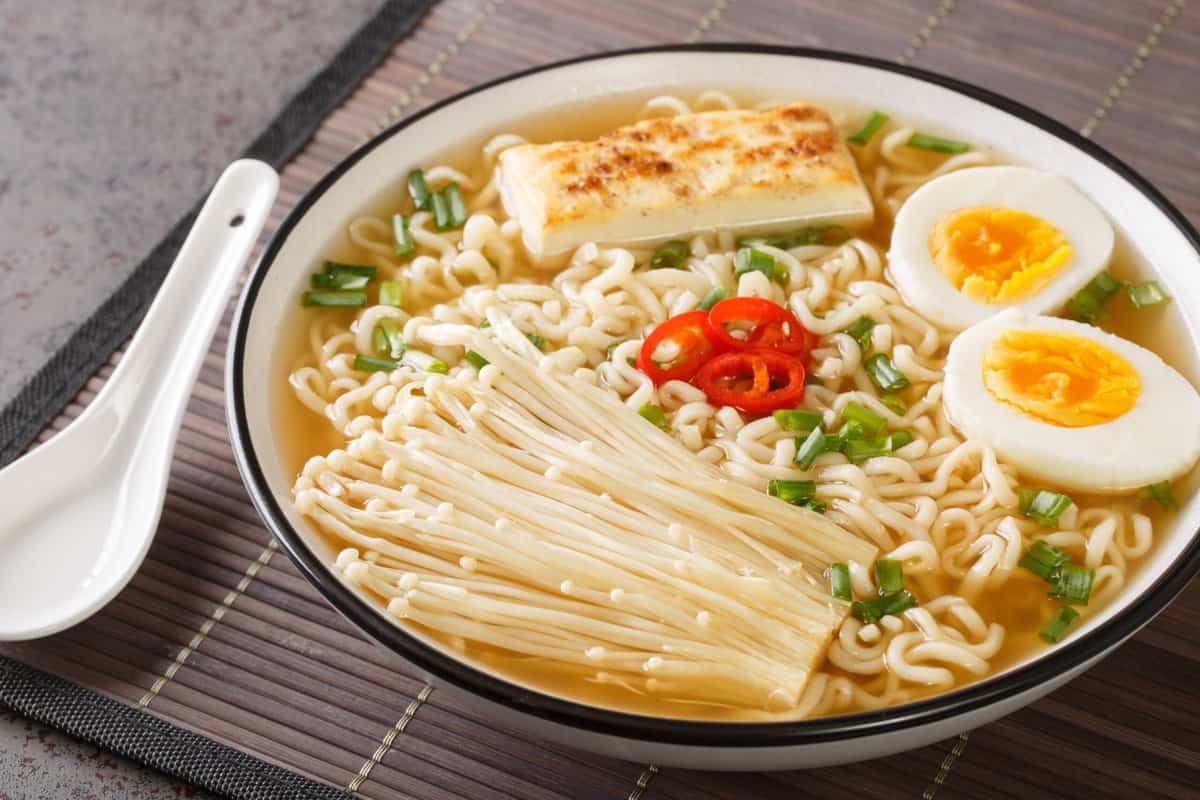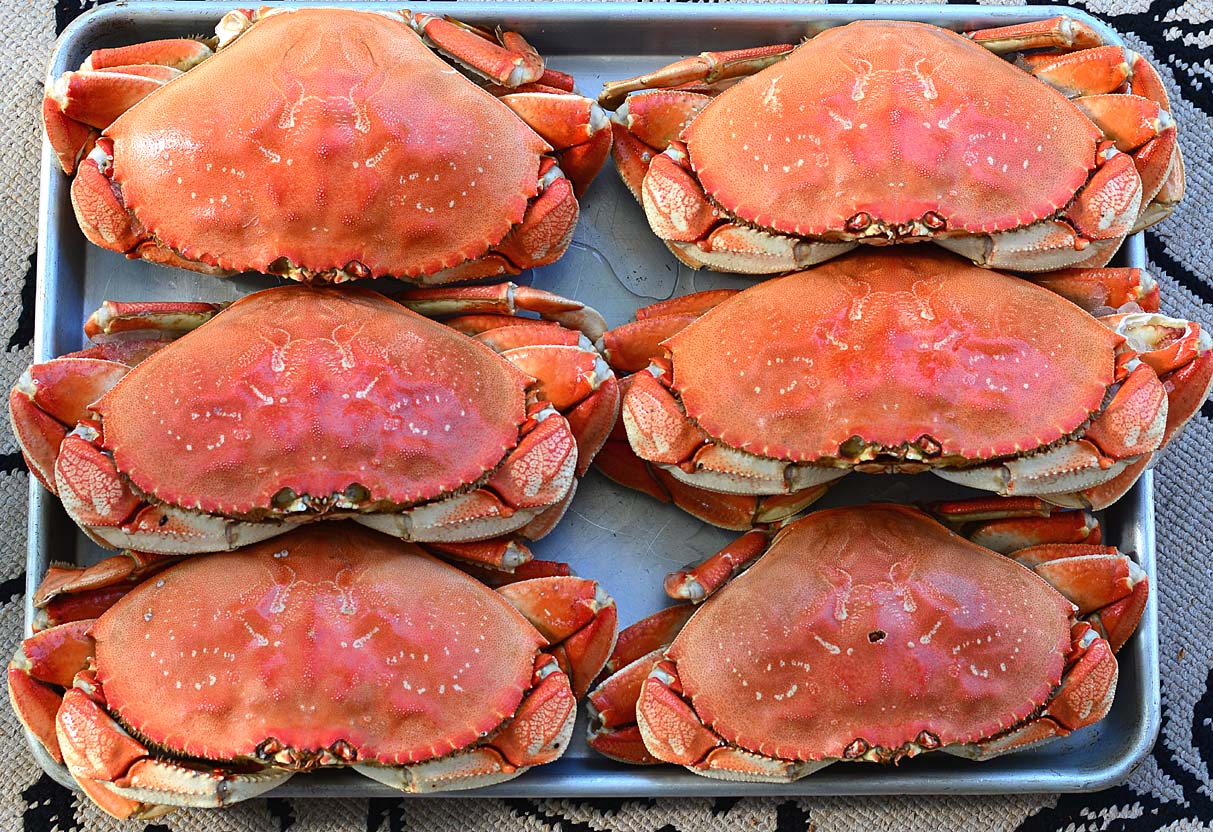The Perfect Guide to Cooking Brown Jasmine Rice on Stove
Are you ready to elevate your rice game? Look no further because we are here to guide you on how to cook brown jasmine rice on the stove. Brown jasmine rice is not only delicious but also packed with fiber and nutrients, making it a healthier alternative to white rice. By following these simple steps, you can achieve fluffy and flavorful brown jasmine rice every time.
Ingredients:
- 1 cup of brown jasmine rice
- 2 cups of water
- Pinch of salt
Instructions:
- Measure out 1 cup of brown jasmine rice and rinse it thoroughly under cold water. This step helps remove any excess starch and impurities.
- In a medium-sized saucepan, combine the rinsed rice, 2 cups of water, and a pinch of salt. The salt will enhance the flavor of the rice.
- Bring the mixture to a boil over high heat.
- Once the water is boiling, reduce the heat to low, cover the saucepan with a tight-fitting lid, and let it simmer for 40-45 minutes. This duration ensures that the rice cooks evenly and absorbs all the liquid.
- Resist the temptation to lift the lid during the cooking process. Allowing steam to escape can disrupt the cooking time and result in undercooked rice.
- After the cooking time has elapsed, turn off the heat and let the rice rest, undisturbed, for an additional 5 minutes. This step helps to fluff up the rice and allows any remaining moisture to evaporate.
- Finally, remove the lid, and using a fork, gently fluff the rice to separate the grains. Your perfectly cooked brown jasmine rice is now ready to be enjoyed!
Whether you are serving the brown jasmine rice as a side dish, using it in a stir-fry, or as a base for a delicious grain bowl, this simple stove-top cooking method will consistently deliver fantastic results. The nutty aroma and slightly chewy texture of brown jasmine rice are sure to impress your taste buds.
Remember, practice makes perfect, and with time, you’ll become a pro at cooking brown jasmine rice on the stove. So, don’t be afraid to experiment with different flavors and ingredients to create your own signature dish.
Brown jasmine rice is not only a healthy choice but also a versatile and delicious option to add to your culinary repertoire. So, grab your apron, stock up on some brown jasmine rice, and let the rice-cooking adventure begin!
For those looking to put their newfound skills to use, there are several great recipes to try. Start with Brown Jasmine Rice and Tofu Stir-Fry, which offers a delightful blend of textures and flavors. Another excellent choice is Brown Jasmine Rice and Shrimp Paella, perfect for seafood lovers seeking a hearty meal. Vegetarians will appreciate Brown Jasmine Rice and Lentil Soup, a comforting dish that's both nutritious and filling. For a fresh and vibrant option, try Brown Jasmine Rice and Chickpea Salad. Finally, Brown Jasmine Rice and Pineapple Fried Rice provides a sweet and savory twist that's sure to impress.
Was this page helpful?
Read Next: How To Cook Boar’s Head Hot Dogs
